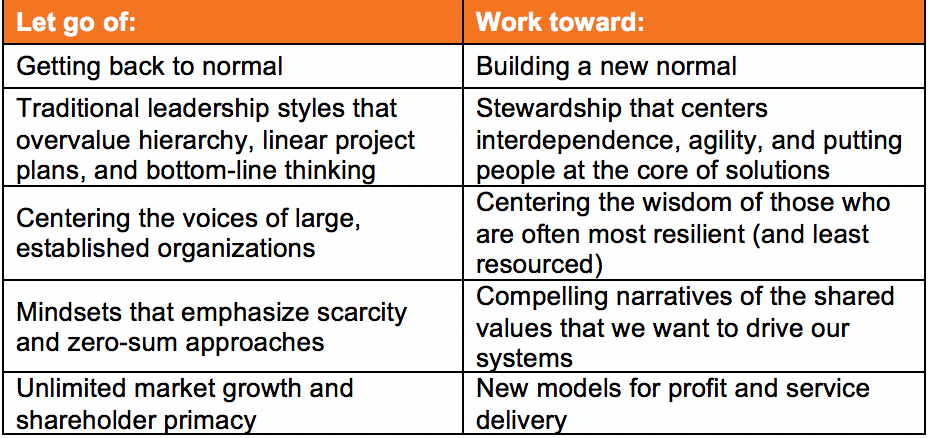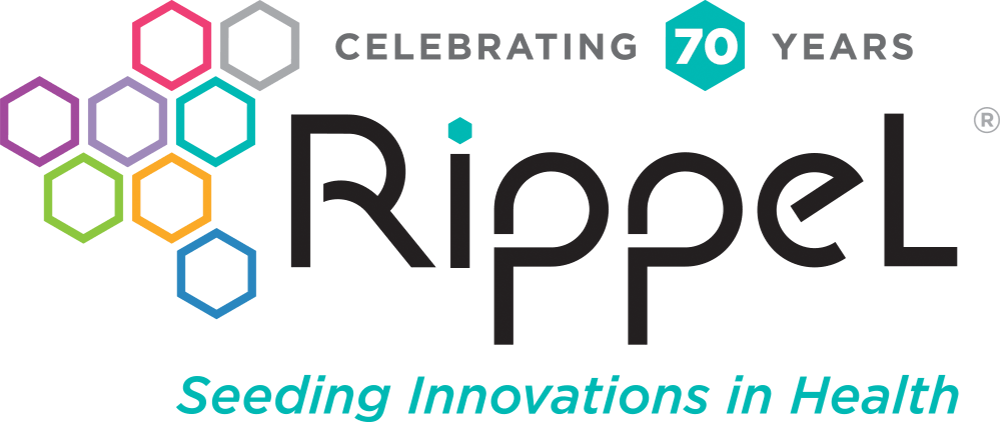What is the Amplifying Stewardship Together Project?
This month, ReThink Health is sharing what we are learning across our projects through an Insight Spotlight series. This week, the spotlight is on the Amplifying Stewardship Together (AST) project, which is clarifying stewardship mindsets and practices and helping them develop into widespread norms across the country. Stewards share the idea that purpose must be larger than oneself and one’s organization, power must be built and distributed with others, and wealth must be invested to create long-term value as well as to alleviate short-term urgent needs. They are also natural boundary spanners because they are informed by place-based, interdisciplinary, multisector, and multicultural perspectives. These and other characteristics of stewards are profiled in a recent report by ReThink Health and RAND.
The Amplifying Stewardship Together project operates with the recognition that those who work toward equitable health and well-being remain largely disparate, disconnected, and outmatched by the forces of injustice and systemic crises. The level to which communities can engage in shared stewardship will likely determine whether or not society sinks deeper into an adversity spiral or finds pragmatic ways to create the vital conditions that all people need to thrive.
The Amplifying Stewardship Together project seeks to strengthen society’s commitment to and capacity for shared stewardship through several strategies, including:
- Making a compelling case that it is possible for all people and places to thrive together in a system that is designed for justice;
- Sharing stories of impressive stewards in many walks of life who may also inspire and draw others into the work;
- Fostering an understanding of stewardship norms and practices through nationwide research; and
- Engaging with and learning alongside diverse stewards about the ways they are seeding stewardship norms and practices across the country.
Through this project, we have engaged in a number of learning activities, including:
- Conducting a nationwide study to understand trends and characteristics stewards consider when expanding equitable well-being, the results of which are published in this Amplifying Stewardship Report;
- Conducting an ongoing Tracking Poll for Stewards of Well-Being to learn how stewards are navigating their efforts for equitable system change during this time of layered, systemic crises; and
- Learning alongside national and local stewards through a Virtual Meeting Series to explore questions that can help us to actively strengthen the field of system stewardship in real time.
What is ReThink Health trying to learn through this project?
Through Amplifying Stewardship Together, ReThink Health seeks to learn alongside a growing cadre of savvy system stewards. We hope to surface and spread the most catalytic stewardship mindsets and practices that will influence the course of equitable systems change. We don’t assume it’s possible, or helpful, to create a rigid infrastructure or process for working together across the massive ecosystem that affects well-being in communities across the country. But we do believe that a core set of stewardship mindsets and practices can take hold as nationwide norms. When more and more people step into roles as shared stewards of the systems that shape lives and livelihoods, America’s untapped potential for health, wealth, and prosperity will emerge. By amplifying stewardship together, we can each do our part to advance a thriving movement for well-being and justice.
What patterns are emerging so far?
As mentioned in our first Insight Spotlight blog, ReThink Health’s approach to learning and evaluation focuses on surfacing patterns within complex adaptive systems. By looking at patterns across multiple, intertwined scales—at the individual human level, the organizational level, and the network level—we can start to paint a picture showing what works, for whom, how, and under what conditions.
Notable patterns that have emerged from the Amplifying Stewardship Together project include the following.
Navigating efforts for equitable systems change during 2020 systemic crises
The dysfunction of existing systems has been laid bare as a result of the systemic crises that came together so conspicuously in 2020, including Covid-19, racial injustice, and economic recession. As people across the country navigate the fraying systems, more and more people appreciate the need for long overdue structural change. Stewards, however, know that the pull of “business as usual” is strong and crises can cause some organizations and people to retreat into short-sighted, individualistic behaviors that do not serve common interests. While some feel stifled, the most exemplary stewards appreciate the need to lift up and sift through the tensions inherent in letting go of tired ways of working and embracing new mindsets and actions. Stewards note that we must all let go of certain norms, practices, and structures while working to help new ones emerge. Some of the most needed shifts include what we must let go of and what we must work toward.


